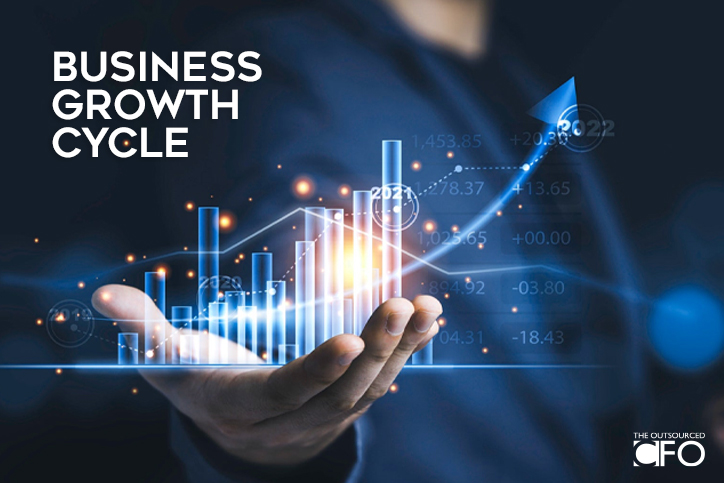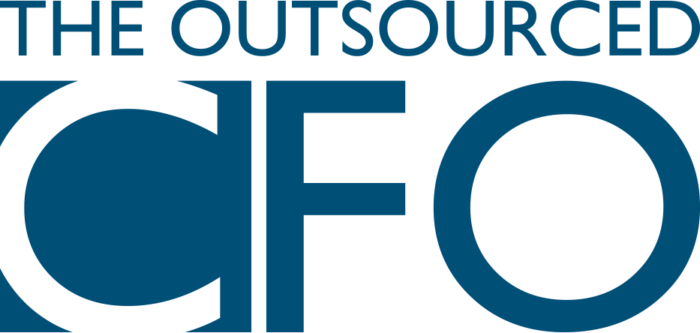
Business Growth Cycle
There are many challenges with building a business from scratch. A great business idea does not equal business success alone, there are many contributing factors towards achieving a successful business.
As a business grows there are stages of growth that each need to be successfully navigated. These challenges include-
- Funding and Cashflow
- Finding and developing staff
- Building scalable systems and processes
- Selecting the right customers
- Finding new marketsDeveloping new products
At each stage of the business growth cycle, these challenges are different. I will attempt to outline these challenges and how they might present themselves at each stage of the cycle.
Business Life Cycle – Early Stage
Early stage businesses have a concept or product offering and have found a market. Usually the founders are very close to the day to day operations but in order to grow sales resources are required, and resources require cash.
Most commonly, founders try to fund growth out of cashflow and reinvest all profits back into the business. Additional staff are hired as the business can afford them and inventory is purchased from cashflow. The founder is still involved in the business operations in order to save salary costs and would be working many hours with some frustration.
There are a number of problems with this approach. The business potential may exceed what it is achieving which means it is underperforming and is leaving sales on the table for competitors to swallow up. The founder is still running the business limiting strategy development. You need to ask, if Richard Branson was starting a new business would he be doing this? Absolutely not!
Another approach would be to get some funding. This can come from a bank or an investor but most likely the latter. In order to get funding then the founder would need to demonstrate that the business is a good investment whether it is a bank or investor. If the business concept is proven, the funding would allow the business owner to take on the required resources – Marketing, sales, finance, inventory etc in order to meet demand and not under-perform. This will require a plan and financial forecast showing the bank or investor how their funds will be applied to generate an accepted level of return. With adequate funding, cashflow would not be a constraint, but would still need to be tightly managed. The right amount of cash will enable the business to maximise its opportunity.
Growth Stage – Profit doesn’t equal cash
As the business grows beyond the early stage, it now has consistently high sales growth month on month, usually double digit, a stable team and ever improving processes supporting its growth.
With increasing sales, cash is tied up in working capital via increased receivables and increased inventory levels, while the business owner is forking out an ever-increasing salary bill as they ramp up resources to support growth and product development.
Customers selection has now become an issue compared to the early stage where any paying customer was a good customer. Now the business is starting to analyse effort with profitable customers often being those you don’t hear from, and unprofitable customers having constant demands and at the same time being price conscious. The business is now starting to choose the customers it supplies or services.
The business owner would be fully aware that improved profit does not equal improved cash. The investment required to continue growing is consuming all available cash. In fact, in order to maintain growth and continue to build resources additional funding may be required.
Advanced Growth Stage – Sustainable Growth vs Missed Opportunities
During this phase the business has stabilised. Although still growing, the rate of growth is typically much less in single digits, the business is running like clockwork and is experiencing consistent profitability. The good news for the owner is that the receivable and inventory levels have stabilised also which means that the profit is now converting to cash.
With a successful business model now operating, the opportunities to scale arise. With an established customer base and sales funnel, supplying new products to existing customers or servicing new geographic regions become opportunities to generate more profits. The founder/business owner will probably have handed over the controls to a new General Manager or CEO and can step back. The business is now in a position where it can declare dividends to be paid out of surplus cash.
Business growth is a complex area and I have attempted to identify some of the challenges along the way. The important thing to understand is that depending on which stage the business is at, different priorities and different risk appetites exist that will impact the decision making process.
About BRIAN DOUGHTY
Brian Doughty is founder of the outsourced CFO which is a part time CFO service for small to medium sized businesses. Brian’s experience in large corporates and small businesses is unique and has enabled him to develop a simple to understand set of tools which will help business owners engage staff, monitor performance and achieve their goals. For more information, contact us.
